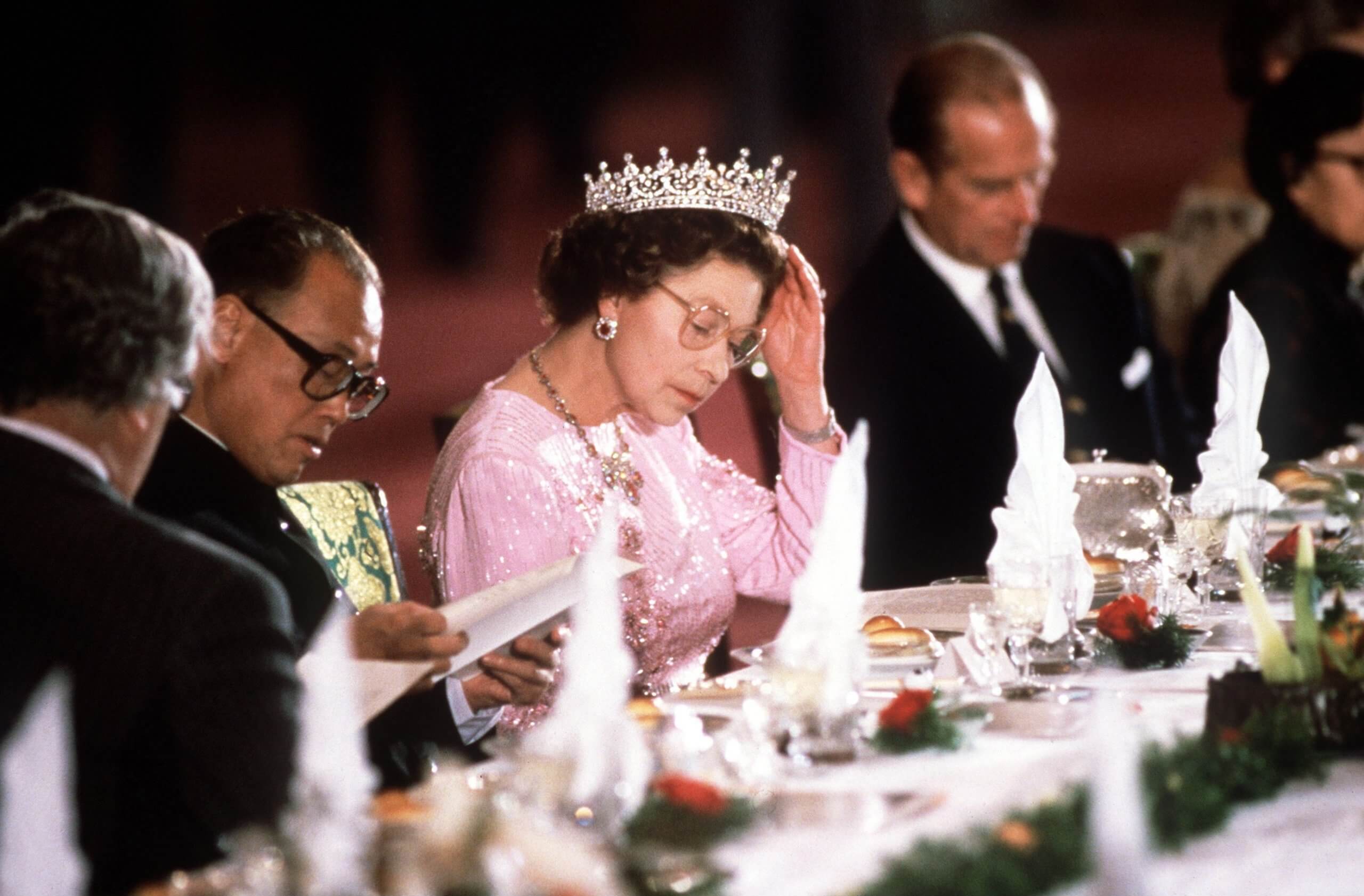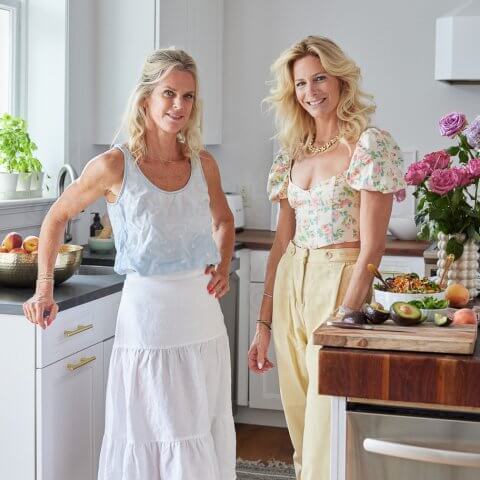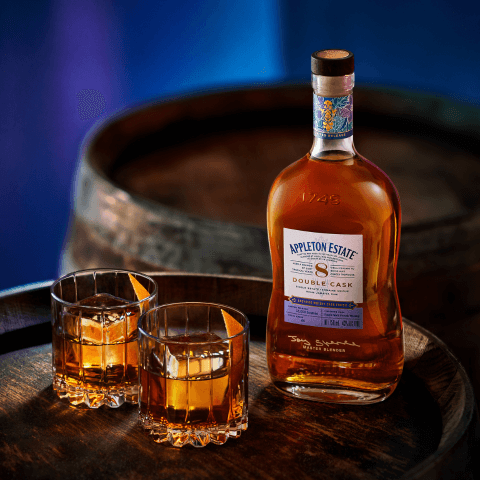According to a former royal chef, Queen Elizabeth II would eat her fruit from an exquisite antique dish encrusted with diamonds and precious gemstones. It’s an image befitting of a queen, but not the full one – Darren McGrady also told Marie Claire in 2017 that Her Majesty regularly tucked into the yellow Tupperware containers at Balmoral, her royal castle in the Scottish highlands.
In the days after her death at Balmoral, the world will pay tribute to the longest-reigning monarch in British history. The diversity in royal dishware is admittedly a small piece of the picture, but it seems like a reflection of the principles at the heart of Elizabeth’s legacy: timeless refinement, juxtaposed with an enduring sense of practicality.
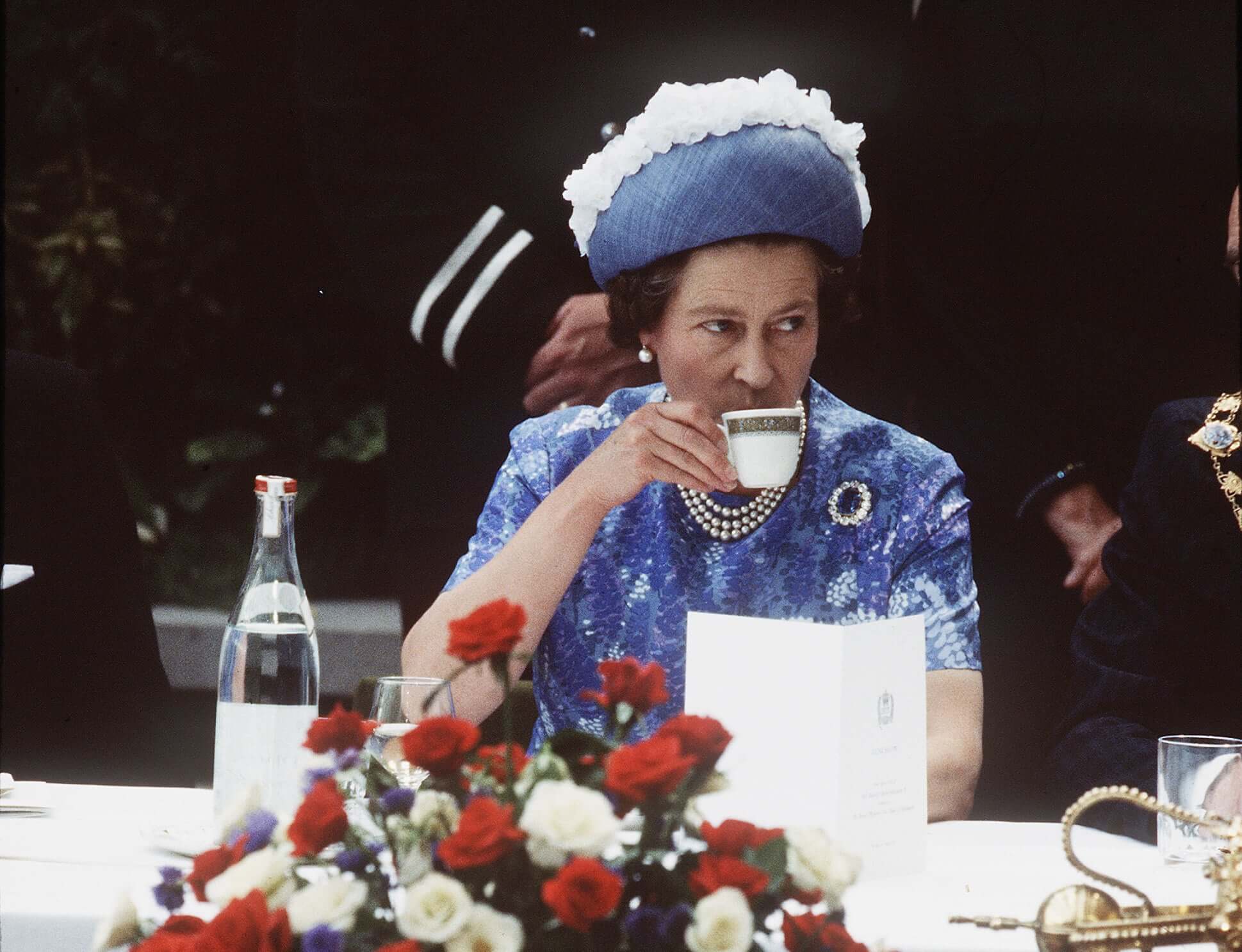
“Straightforward simplicity has marked the Queen’s dining habits since childhood,” wrote Bryan Kozlowski in a memoir for the Diamond Jubilee. Elizabeth II ascended to the throne in 1952, during a post-war period characterized by challenging circumstances as well as rapidly increasing levels of international diplomacy. Her own dining habits may have been simple in substance, but the experience of meals and the connotations behind them were always something she understood intimately – she was quoted at one banquet as saying that “People don’t come here for the food. They come to eat off gold plates.”
For a monarch – particularly one with so many international relations, like Elizabeth – meals can be a very complicated diplomatic dance. British State Banquets are elaborate affairs, reportedly taking an average of one year to plan in meticulous detail – measuring sticks for cutlery distances and chair-to-table gaps were standard, as well as hidden lighting signals to instruct the serving footmen on their movements. Elizabeth was well-known for her heavy involvement in their planning, carefully choosing menus to highlight indigenous foods and personally examining every single place setting. “Every element of the State Banquet is inspected, checked and approved by The Queen, right down to every last detail,” according to Buckingham Palace.
Outside of her domain, though, Elizabeth would always embrace the local culinary traditions. She ate meat with her hands in the Moroccan desert and used ivory chopsticks to sample raw seafood delicacies in China, helping to establish a model for gastrodiplomacy and the now-heavy symbolism associated with heads of state indulging in local culinary culture. It wasn’t always smooth going – A MacLean’s article from 1979 documented an awkward affair concerning an unacknowledged gift of maple syrup from Quebec, for example – but her grace and willingness to break bread among locals stood out in Elizabeth’s foreign policy.
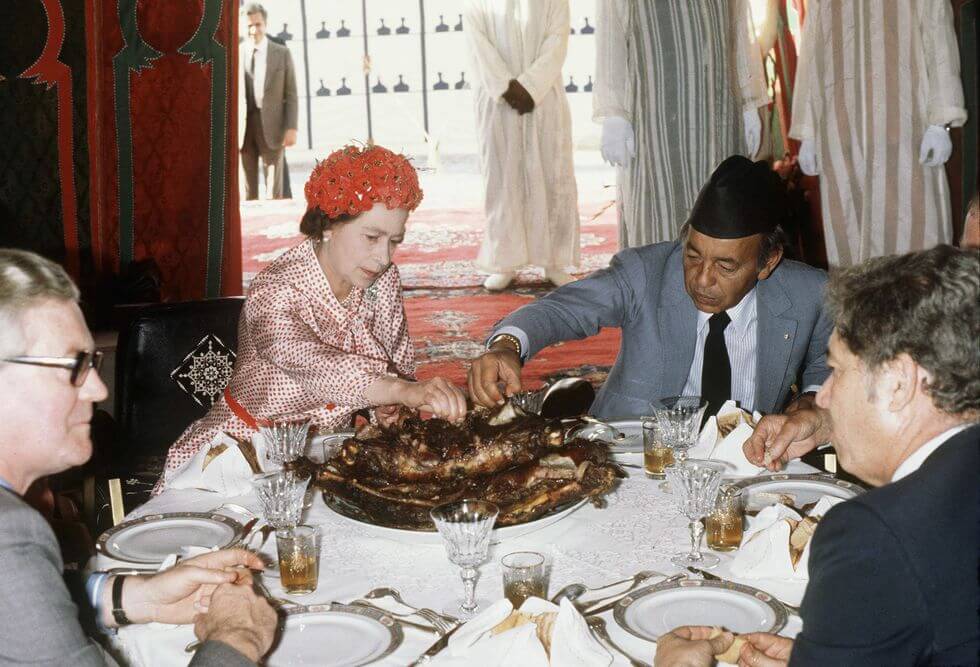
As one of the world’s most public figures for nearly a century, Elizabeth also had the inevitable scrutiny and derived trendsetting from her own eating and drinking. She’s been credited with helping popularize gin as a drink in England through her documented love of it (she even released her own in 2020), as well as bringing Earl Grey tea into the mainstream (“there is no question that its popularity was enhanced by being her majesty’s favorite,” according to Food & Wine). Her preferences in sandwich preserves and cereal have been scrutinized as much as possible by various gourmet pundits over the years, but what emerges is a picture of a woman who treated dining as a ceremony as opposed to sustenance.
The most intimate of these ceremonies took place at Balmoral, where the Queen would host her closer dignitaries and preferred advisors. Former governor general Michaëlle Jean reflected on one such meal, recalling the queen’s laid-back family life and homemade salad dressing. “No one tells you when you are named governor general that you might end up doing dishes with the Queen,” she told the Toronto Star. “It was probably the best birthday of my life.” As one of the few who’d been given the rare opportunity to sit at Elizabeth’s table, Jean emerged with a better idea of what it required to be her representative – an understanding of the principles of tradition and simplicity that defined Elizabeth’s reign.

